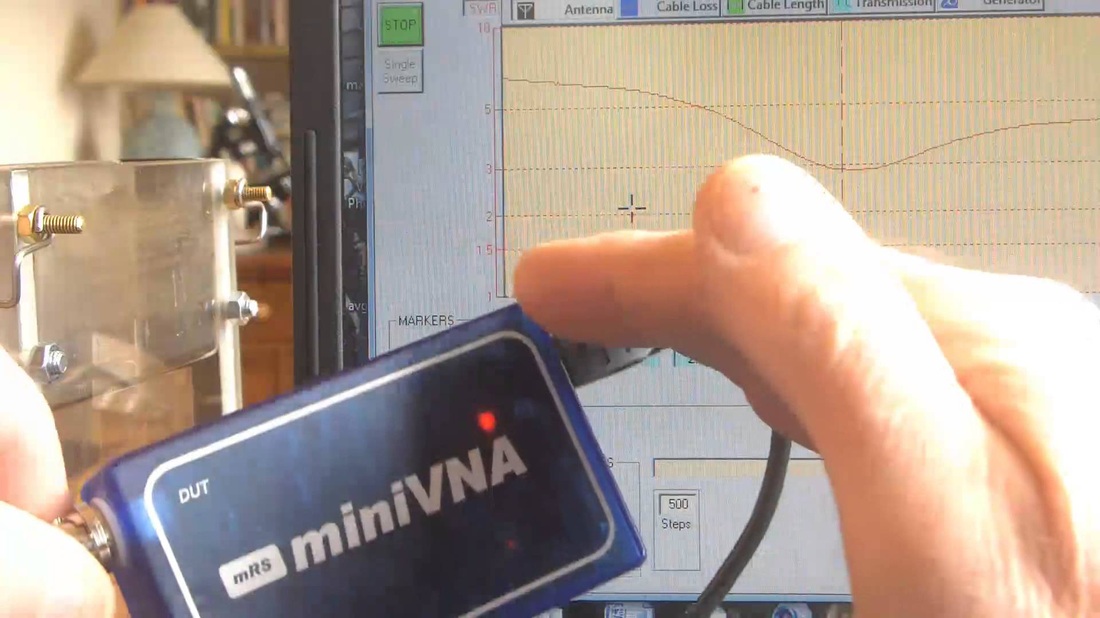New Research Reveals Medical Larvae 'Sing' To Help Heal Wounds....
|
It is already recognised in human wound care that the use of Medical Larvae is an acceptable and cost effective way to debride chronic wounds. To date it was thought that larvae effectively debride necrotic and sloughy tissue by producing proteases that break down the devitalised protein that delays healing, but new research suggests they may also 'sing' while they work!
Cellular resonance is a theory that is recognised to stimulate cell function and enable physiological optimisation. By exposing sub functional cells to specific frequencies of resonance they can be effectively stimulated to achieve a targeted response. The use of resonance for promotion of wound management is not a new idea and is the action attributed to magnetic therapy and products that utilise electrical impulses and piezoelectric sensors to stimulate cells at specific frequencies. The research unit based at the school of pharmacy, Nottingham University (UK) is using nano-technology to measure a frequency range produced by larval therapy while they debride necrotic tissue within challenging wounds. Professor David Pritchard who has been instrumental in this study has said "We are astounded that maggots appear to sing within wounds showing a range of different 'voice' frequencies that appears as though they are almost harmonising". The resonance we think we have found produced by the medical larvae produces a vocal range that may promote optimal fibroblast proliferation and may enhance proteases activity. The resonance produced appears to be consistent with research demonstrated by Willemse, Janssen et al in 2007. The PhD students responsible for the study, Louise Siller and Sarah Carter are currently assessing the range of frequencies produced by the medical larvae to see if there are genetic strains that produce different pitches, much like altos, sopranos and tenors, so that breeding of Larvae with the most optimal resonances can commence. We look forward to 'Hearing' the results! Nature Biotechnology 25, 170 - 172 (2007) doi:10.1038/nbt0207-170, ATP and FRET—a cautionary note Marieke Willemse1, Edwin Janssen1,3, Frank de Lange1,2,4, Bé Wieringa1 & Jack Fransen1,2 For more information and a copy of the research please contact: [email protected] Article by Georgie Hollis: written and published for www.vetwoundlibrary.com April 1. 2015. |
The Bandaging Angels are part of Gray's Anatomical Ltd. A Company Ltd in England and Wales. No. 10329093 .
Registered Address: 93 Back Street, Garboldisham, Diss, IP22 2SD.
Registered Address: 93 Back Street, Garboldisham, Diss, IP22 2SD.

